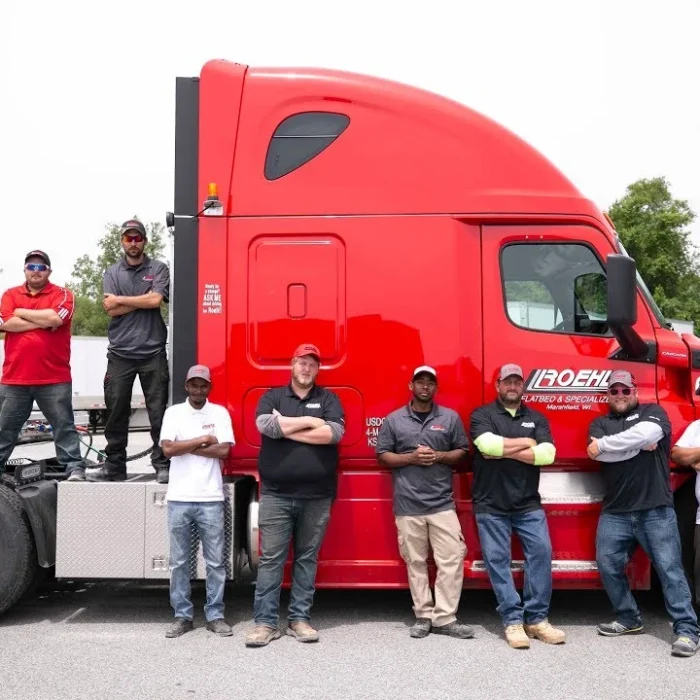Wheel Balancers for Semi Trucks
Wheel balancers for semi trucks are essential tools for maintaining proper tire balance, ensuring a safer ride, and improving fuel economy. This article will discuss the importance of wheel balancers, focusing on Centramatic wheel balancers, and the impact they have on tire life, fuel economy, and overall vehicle performance. We will also explore the various types of wheels and axles found on semi trucks, including steer axle wheels, drive axles, and trailer axles, as well as the differences between aluminum wheels and steel wheels.
22.5 Inch Rims Application Flowchart
24.5 Inch Rims Application Flowchart
| 700-720 | |
|---|---|
| 800-822 | |
| 600-630 | |
| 600-660 | |
| 900-910 | |
| 600-640 | |
| 800-820 | |
| 800-830 |
The Importance of Wheel Balancers for Semi Trucks
Wheel balancers play a crucial role in maintaining the balance of the tire and wheel assembly on semi trucks. Proper balancing reduces vibration, tire cupping, and uneven wear, which can extend tire life and enhance the truck’s performance. Balancing is particularly important for steer axle wheels, as these wheels are responsible for steering and stability.
Centramatic wheel balancers are popular choices for semi trucks due to their continuous, automatic balancing capabilities. These balancers are designed to work with various types of axles, including steer axles, drive axles, and trailer axles, and are suitable for both aluminum and steel wheels.
Centramatic Wheel Balancers: A Key to Longer Tire Life and Improved Fuel Economy
Centramatic wheel balancers use centrifugal force to balance the wheel assembly continuously while the truck is in motion. This helps maintain proper balance and reduces vibration, which can cause premature tire wear and decrease fuel economy.
Independent testing has shown that using Centramatic balancers can significantly increase tire life by up to 35% and improve fuel economy by 2-3%. This translates to considerable savings in money for truck owners and businesses over time.

Understanding the Different Types of Wheels and Axles on Semi Trucks
Semi trucks are typically equipped with various wheels and axles, each serving a specific function:
Steer Axle Wheels: These wheels are mounted on the front of the truck and are responsible for steering and stability. Proper balancing of steer axle wheels is essential for a safer ride and improved fuel economy.
Drive Axles: Drive axles are located at the rear of the truck and transfer power from the engine to the wheels. Balancing drive axle wheels can help reduce vibration and extend tire life.
Trailer Axles: These axles are found on the trailer portion of the truck and support the weight of the cargo. Balancing trailer axle wheels can help prevent premature tire wear and maintain a smoother ride.
Aluminum Wheels vs. Steel Wheels: Aluminum wheels are lighter and often more expensive than steel wheels. However, they offer better heat dissipation, which can help improve brake performance and extend the life of disc brakes. Steel wheels are more affordable and durable but are heavier and can retain more heat, potentially impacting brake performance.

Installing and Maintaining Centramatic Wheel Balancers on Your Semi Truck
Centramatic balancers can be installed on most semi trucks, including those with super singles, aluminum, or steel wheels. These balancers are mounted directly to the hub of the wheel assembly, which allows them to work independently of the rims.
Regular maintenance of your Centramatic balancers is crucial to ensure their effectiveness in extending tire life and improving fuel economy. Be sure to check your balancers for damage or wear and replace them as needed to maintain optimal performance.
Final Words
Investing in quality wheel balancers, such as Centramatic wheel balancers, can significantly impact the overall performance of your semi truck. Properly balanced wheels can lead to a safer ride, extended tire life, and improved fuel economy. Understanding the various types of wheels and axles found on semi trucks, as well as the differences between aluminum and steel wheels, can help you make informed decisions about the best wheel balancer for your needs. Regular maintenance and proper installation of your Centramatic balancers will ensure that your truck continues to perform at its best, saving you money and time in the long run.
FAQs
How do Centramatic wheel balancers work? Centramatic wheel balancers use centrifugal force to continuously balance the wheel assembly while the truck is in motion. This helps maintain proper balance, reduces vibration, and extends tire life.
What types of wheels and axles can Centramatic balancers be used on? Centramatic balancers can be used on various types of axles, including steer axles, drive axles, and trailer axles, and are suitable for both aluminum and steel wheels.
How do I install Centramatic wheel balancers on my semi truck? Centramatic balancers are mounted directly to the hub of the wheel assembly, allowing them to work independently of the rims. Follow the manufacturer’s instructions for proper installation.
What are the benefits of using Centramatic balancers on my semi truck? Independent testing has shown that using Centramatic balancers can significantly increase tire life by up to 35% and improve fuel economy by 2-3%. This translates to considerable savings in money for truck owners and businesses over time.
How often should I check and maintain my Centramatic wheel balancers? Regular maintenance of your Centramatic balancers is crucial to ensure their effectiveness. Check your balancers for damage or wear and replace them as needed to maintain optimal performance.
On a mission to change the trucking industry for the better.









